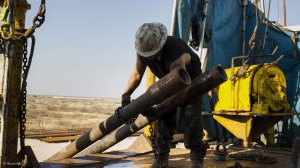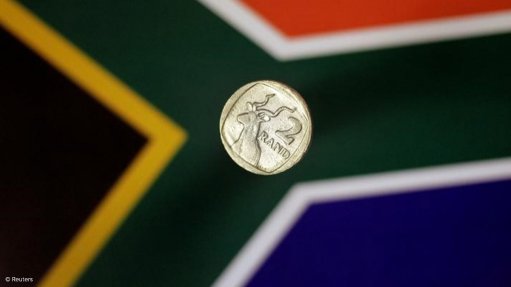SA drawing on 150 experts as rigorous Karoo shale-gas enviro assessment advances

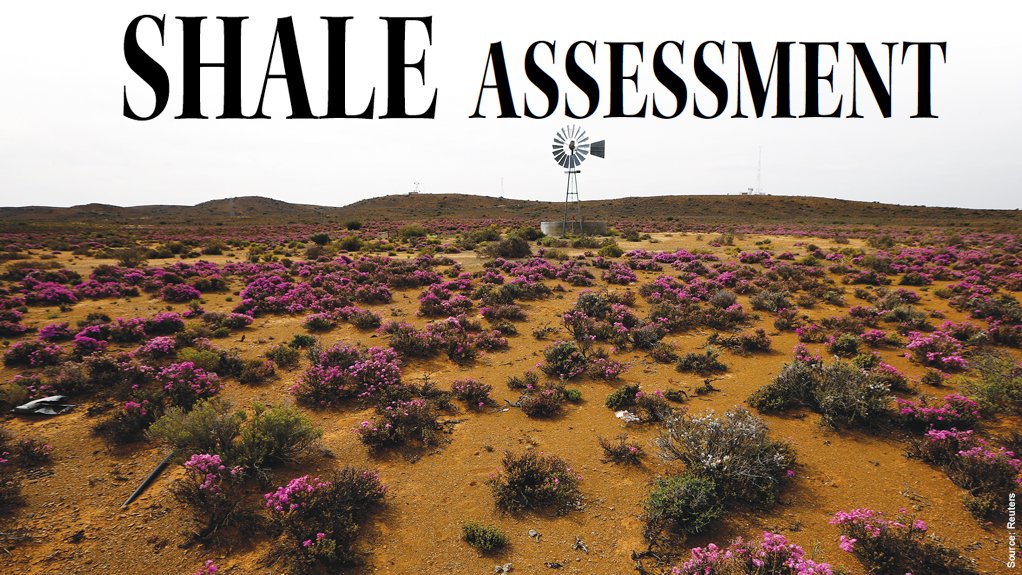
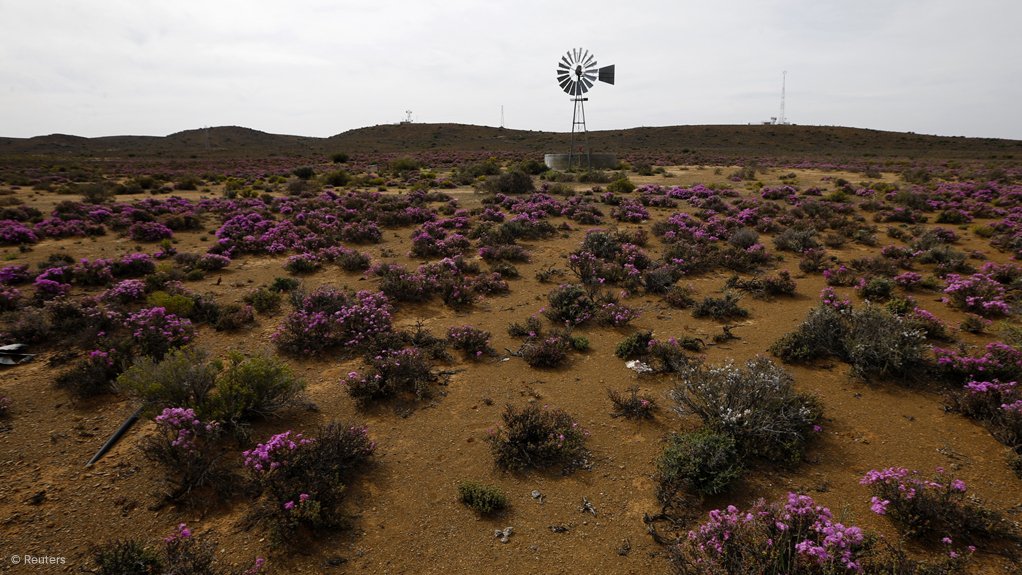
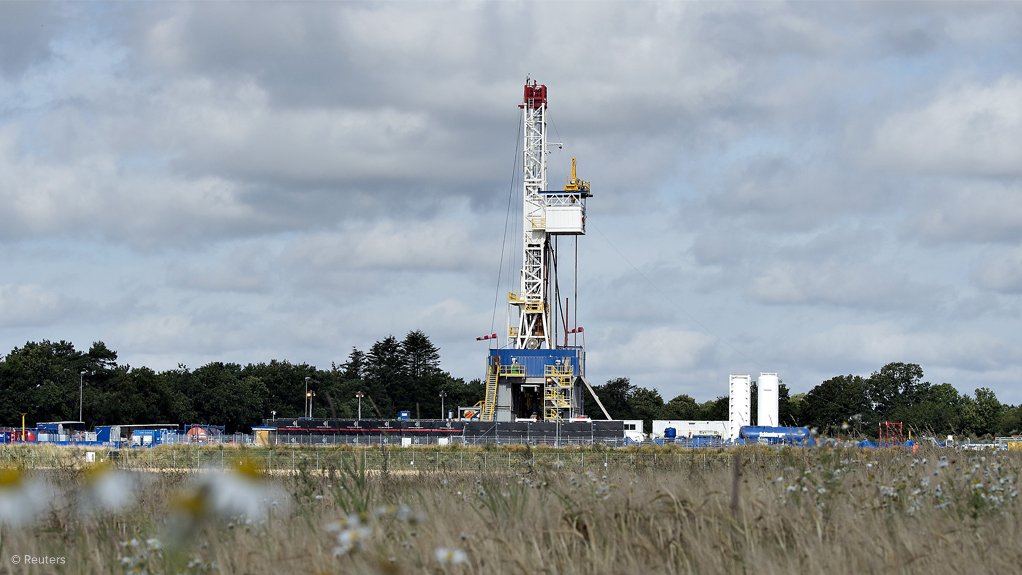
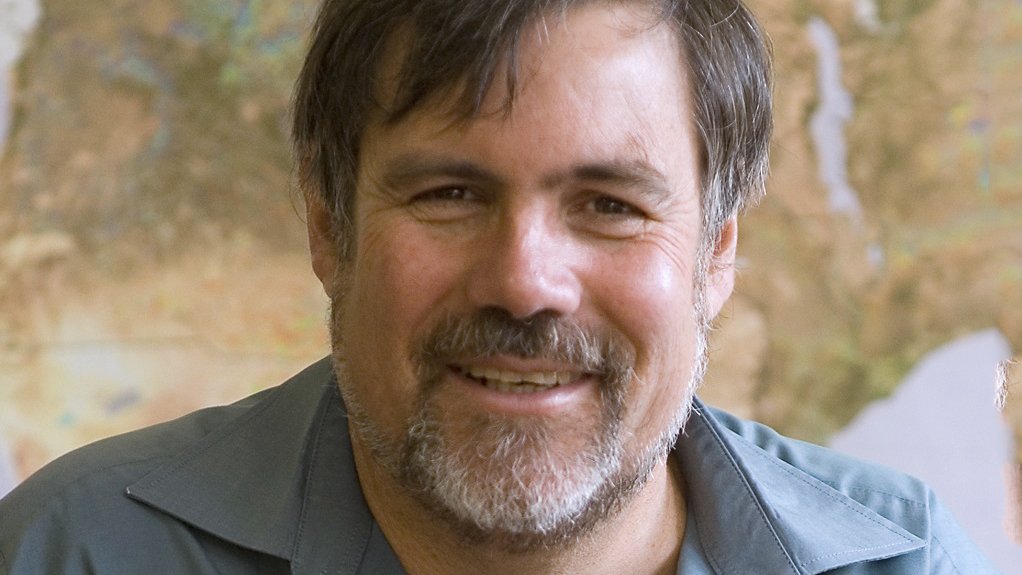

TREAD LIGHTLY There are numerous aspects to the Karoo region requiring assessment before any form of gas development can be undertaken
Photo by Reuters
COSTLY AFFAIR Hydraulic fracturing, even exploratory, is a significantly expensive operation and could deter potential explorers if reserves are small or difficult to access
Photo by Reuters
BOB SCHOLES Shale gas development in the Karoo is turning out to be not as straightforward as was initially envisioned
DEEP OPERATION Most horizontal bore drilling is undertaken far below the surface, potentially mitigating risk to shallow groundwater sources
Photo by Bloomberg
The development of shale gas projects in South Africa was halted with the 2011 issuing of a moratorium on the granting of shale gas exploration licences within the central Karoo, which was subsequently lifted.
Fracking is stigmatised, after several high-profile cases in the US argued that it contaminates groundwater, threatening potable water sources in the affected areas. This issue also manifested locally when developers identified the Karoo region of South Africa, believed to contain an extensive volume of shale gas. According to 2013 estimates, shale gas reserves (gas in place) in the region were estimated between 200-trillion cubic feet (tcf) and 500 tcf.
It is feared that exploring for and extracting shale gas in the Karoo will have a profound effect on not only scarce water resources in the semidesert region but also on a country in which there are some regions that are considered to be either arid or semi-arid.
Therefore, to allay these fears and ensure that any future development of shale gas in the Karoo is conducted with minimal impact on the broader environment, the Strategic Environmental Assessment (SEA) of Shale Gas Development was commissioned.
This in-depth investigation is being coordinated by the Council for Scientific and Industrial Research in conjunction with various other departments and organisations, including the Council for Geoscience and the South African National Biodiversity Institute. It also includes about 150 independent experts from South Africa and around the world, who act as authors and peer reviewers. The SEA was commissioned by national government, headed by the Department of Environmental Affairs, in collaboration with the Western, Northern and Eastern Cape provinces.
SEA co-leader and University of the Witwatersrand professor Dr Bob Scholes tells Engineering News that the assessment is on schedule.
It comprises 17 topics, which require detailed assessment to provide sufficient information to guide policymaking, highlight areas of concern and pointing out specific no-go areas.
The first-order draft of the first chapter was completed last month and, after being peer-reviewed by international and national experts, has been revised to a second-order draft, which is ready for broad stakeholder review. This chapter details four possible scenarios for fracking in the Karoo and the activities which could accompany them. It is an input to the topic chapters, allowing them to assess impacts in a consistent way.
The first scenario is a baseline, or reference case, which does not entail any fracking, while the second scenario involves exploration and gas being discovered in small volumes, but is difficult to access. Both scenarios would likely result in any form of shale gas development being abandoned, owing to low economic feasibility.
The third scenario is the “bottom end of the viable scale” – about 5 tcf of gas – and would result in shale gas being developed according to a particular strategy, probably small-scale development.
Scenario four is the “top end of the viability scale”, involving large volumes of gas which is easy to access and, subsequently, requires large-scale development. About 20 tcf – which Scholes notes is one order below the volumes initially thought to be in the Karoo – is required to merit such development. “The earlier estimates are based on wishful thinking and confusion between so-called gas in place and economically and technically extractable reserves.”
Chapter one will soon be available for stakeholder comment, and Scholes says this is a “very interesting document” because, for the first time, it provides a frame of reference, amid much speculation about volumes of gas under the Karoo.
Phased Approach
The SEA consists of three overlapping phases. The first stage has been completed and involved preparatory work for Phase 2, which involves detailed scientific research.
“We are about halfway through Phase 2 . . . with first-order drafts completed for the various chapters of the assessment,” he says, adding that progressing these drafts to second-order drafts will involve their being scrutinised by peers and experts.
After further revision by the SEA team, the drafts will become available for further expert and stakeholder review, which is expected in July. Scholes notes that, by the time the second-order drafts have been completed, the outcomes garnered “will be fairly obvious”. First-order drafts become second-order drafts once they have been revised by the SEA team in light of expert review comments. The final draft, due in September, follows revision in response to stakeholder input.
Phase 3 is the decision-making framework stage, during which the accumulated information is used to help guide policy.
Scholes says the scope and depth of the study undertaken is unlike a research project because the SEA team is using existing information on shale-gas developments and projects in other countries, interpreted through the SEA team’s extensive knowledge of the Karoo environment. He adds that any gaps in or uncertainty regarding information is flagged for further attention.
South Africa has not yet been involved in fracking and does not have a substantial natural-gas industry, exposing a void of local experience and available cases to draw upon, Scholes declares.
However, the wealth of information generated from more than 30 years of shale- gas development in other countries can be used in conjunction with the extensive knowledge of the Karoo region to formulate possible scenarios and outcomes for local projects. “It is a matter of overlaying the two subjects and investigating the consequential influences,” he states.
Diminished Public Interest
Public interest in shale-gas development has diminished over the past year because of two factors, Scholes says.
“Firstly, this perception can be blamed on the fall in global oil prices, which has made any potential interest in the development of shale gas (particularly of reserves of unknown quantity or accessibility) significantly difficult to justify in terms of economic feasibility.”
Secondly, the local feasibility of shale-gas development hinges not only on an increase in the oil price but also a sufficient increase – to such an extent that alternatives, such as liquid natural gas from Mozambique or the international market, are competitively valued, Scholes explains, stating that “shale gas is really at the top end of the cost spectrum of energy sources”.
However, dwindling interest has assisted the SEA team in conducting its work meaningfully, as processes are not being rushed and the customary “burning questions” are not being asked, as was the case when shale gas was initially proposed in South Africa.
Further, developers have realised the implications of technical difficulties and the increasing costs involved in developing a local shale-gas project, resulting in such projects being postponed.
“It is turning out to be not as straightforward as was initially envisioned,” says Scholes.
Not only is the geology in South Africa different from that in the US, but the context in which local projects will be operated is also unprecedented, as “the US has an extensive gas plumbing network (pipelines) in place, which greatly reduces the incremental cost of bringing shale gas on line”.
Unique Geology
The Karoo’s geological character raises questions about whether shale-gas development is feasible, Scholes says.
Although the characteristics of the Karoo basin show that there are shale-gas reserves – a known fact – the region was “shot through” with dolerites during the break-up of Gondwanaland. This explains the nonexistence of oil, as it would have been “cooked off” during this geological occurrence, when the land broke up.
“The big question is whether the geological break-up of the land cooked off the bulk of the gas as well, leaving only insignificant reserves that are difficult to access and might be inconsistent in producing adequate flows of gas once the rock is fractured,” Scholes elaborates.
Moreover, the dolerite intrusions make horizontal drilling – which is critical to the fracking process – quite difficult, as they present barriers and junctures.
Local shale-gas development will be difficult, even for seasoned developers, states Scholes. “It would certainly also be more expensive, primarily from an infrastructure perspective, than historical shale-gas projects in other countries because there is no existing set of technologies or methods that can be adopted.”
From the outset, the SEA was tasked with identifying high-risk areas, which can feature in any one of the 17 topics set out in the assessment.
The SEA team conducts assessments in a spatially explicit manner – it is not a blanket risk assessment.
If an area is identified during the assessment, with a finding that specifies the risks as being unacceptably high, that area could be classified as a no-go area, says Scholes, adding that, for instance, it would be very difficult to develop shale gas in a national park, as this would require changes to legislation and possibly even cause constitutional issues.
Another potential issue is whether drilling activities need to penetrate aquifers, which are either significant in size or supply a town with potable water, could be problematic, as the risk of contamination is higher, he says.
As further examples, electromagnetic pulses emitted by machinery used for gas development could interfere with sensitive scientific infrastructure, such as the Square Kilometre Array, and light pollution could interfere with the Special Astronomical Area, also in the Karoo.
“Encroachment on sensitive areas like these are being assessed and should they be deemed vulnerable, they too would be classified as no-go areas,” says Scholes.
Although government suggested it would issue exploration permits within the next 12 months, Scholes says this does not mean that shale gas development is going to be undertaken in the foreseeable future, supposedly in 2017.
In this regard, the SEA team estimates that exploration activities will take about three to five years prior to any form of significant establishment of production wells for commercial volumes of shale gas. There is potentially lots of stratigraphic drilling during exploration, which are deep, but small-diameter wells that are not fracked.
According to published guidelines, baseline environmental data must be collected for a year before any drilling, which involves fracking, can occur, he says, adding that all significant activities still require site-specific environmental assessments; the SEA is a guide to these and does not serve to replace them.
“Therefore, the process of actual hydraulic fracturing, even if it is exploratory – to determine the permeability of the rock in the Karoo, which is necessary to decide whether commercial-scale fracking is viable – is years away,” he concludes.
Comments
Press Office
Announcements
What's On
Subscribe to improve your user experience...
Option 1 (equivalent of R125 a month):
Receive a weekly copy of Creamer Media's Engineering News & Mining Weekly magazine
(print copy for those in South Africa and e-magazine for those outside of South Africa)
Receive daily email newsletters
Access to full search results
Access archive of magazine back copies
Access to Projects in Progress
Access to ONE Research Report of your choice in PDF format
Option 2 (equivalent of R375 a month):
All benefits from Option 1
PLUS
Access to Creamer Media's Research Channel Africa for ALL Research Reports, in PDF format, on various industrial and mining sectors
including Electricity; Water; Energy Transition; Hydrogen; Roads, Rail and Ports; Coal; Gold; Platinum; Battery Metals; etc.
Already a subscriber?
Forgotten your password?
Receive weekly copy of Creamer Media's Engineering News & Mining Weekly magazine (print copy for those in South Africa and e-magazine for those outside of South Africa)
➕
Recieve daily email newsletters
➕
Access to full search results
➕
Access archive of magazine back copies
➕
Access to Projects in Progress
➕
Access to ONE Research Report of your choice in PDF format
RESEARCH CHANNEL AFRICA
R4500 (equivalent of R375 a month)
SUBSCRIBEAll benefits from Option 1
➕
Access to Creamer Media's Research Channel Africa for ALL Research Reports on various industrial and mining sectors, in PDF format, including on:
Electricity
➕
Water
➕
Energy Transition
➕
Hydrogen
➕
Roads, Rail and Ports
➕
Coal
➕
Gold
➕
Platinum
➕
Battery Metals
➕
etc.
Receive all benefits from Option 1 or Option 2 delivered to numerous people at your company
➕
Multiple User names and Passwords for simultaneous log-ins
➕
Intranet integration access to all in your organisation






